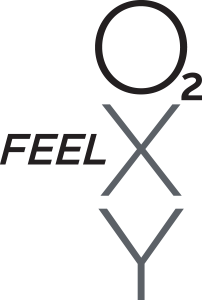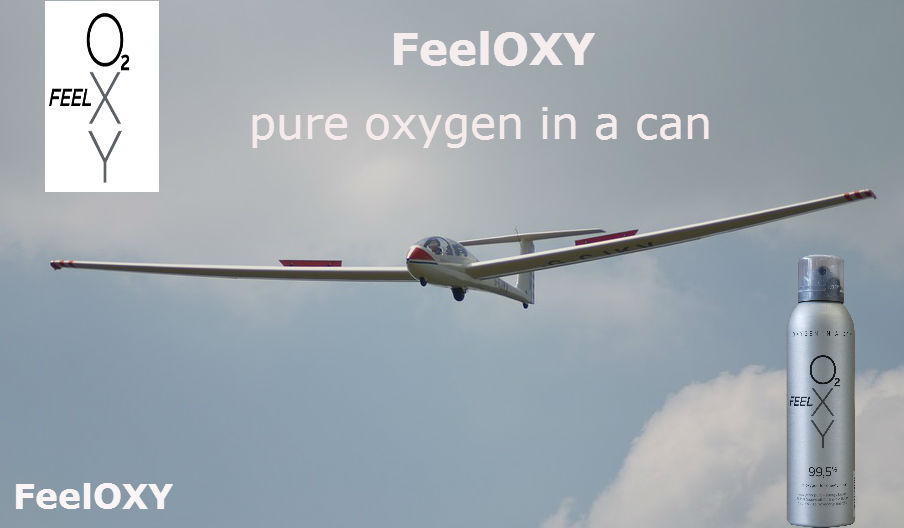During the last few decades a man made an increasingly improvement in technology, whether in information technology or in sports equipment. No matter where, this lead us to increasingly importance of using aircrafts for travelling or setting new records. Last time we wrote an article of how important additional oxygen in for pilots and passengers of sports, ultra-light, private, business, gliders or for tandem jumps as well, but this time we are going to focus solely on gliders, aircrafts for altitude over flights and those for flying in wave. The human body is not designed to operate above the altitude of FL 100 for any length of time and the altitudes above should be considered hazardous and unhealthy territory for the unpressurized aircraft. There are many physiological effects of flight at altitude which must be understood and compensated for in order for the pilots and passengers to be safe.
Most of the oxygen we breathe in is transported by hemoglobin in the red blood cells. The ability of hemoglobin to combine with and transport oxygen is dependent upon the pressure of oxygen in the surrounding environment. If the pressure is higher it enables the hemoglobin to take up larger quantities of oxygen and if it is lower, it will result in an increasing tendency by the hemoglobin to give up oxygen. Turning to oxygen saturation in the blood, when breathing in the sea level, because of partial pressure the lungs isn’t exposed to atmospheric air. In a normal, healthy individual, sea level pressure is sufficient to cause the blood leaving the lungs to be almost totally (97%) saturated with oxygen. In the altitude of FL 100 and a little bit more it is expected to drop almost by 5% – still sufficient for nearly all usual life functions and in the altitude of FL 150 almost to 80%. Many people, if left in this rarefied air for some period, will develop mountain or altitude sickness: vertigo, nausea, weakness, hyperpnoea which is increased breathing, incoordination, slowed thinking, dimmed vision and increased heart rate.
That is the case why all pilots, especially those flying at the high altitude with the unpressurized cabin, should use additional oxygen when doing altitude over flights, gliding or flying in wave. Some safety seminars focusing on pilots are even saying that there are three points to emphasize; continuous flow of oxygen, for altitude over flights even diluter demand and pressure demand. More and more new rules about usage of oxygen are being put into force to protect pilots and passenger from negative effects. Our FeelOXY product serves as a great alternative, which will help you reduce the negative effects coming from the altitude, furthermore it will give you additional energy and power.


